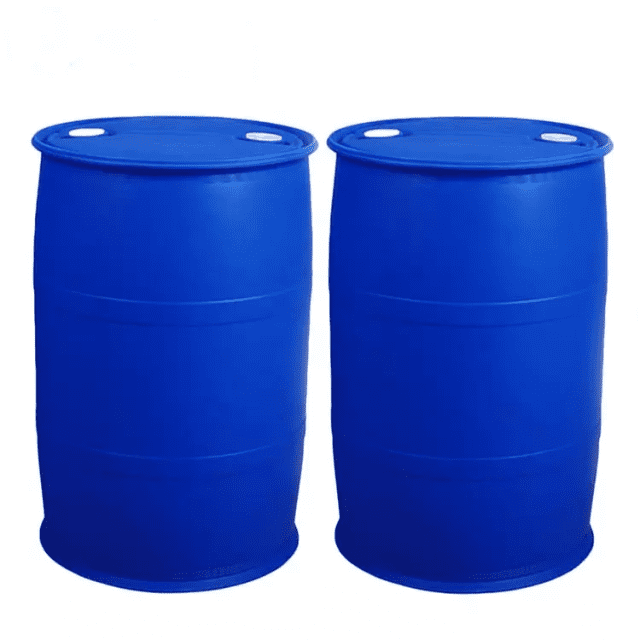Hydroxylamine and Hydroxyethylamine are two compounds that differ in chemical properties and uses.
Hydroxyethylamine is an inorganic substance with the chemical formula H3NO or NH2OH and is a colourless crystalline compound. It is extremely hygroscopic and highly soluble in water, but decomposes in hot water. Hydroxylamine is also slightly soluble in ether, benzene, carbon disulphide and chloroform. It is unstable and decomposes rapidly at room temperature on absorption of water vapour and carbon dioxide and may explode violently on heating. Hydroxylamine is used as a reducing agent in organic synthesis and has a wide range of applications.
And hydroxyethylamine, also known as 2-hydroxyethylamine, 2-aminoethanol, ethanolamine, etc., is a kind of organic amine chemical products. It is a colourless viscous liquid with ammonia odour and strong alkaline and hygroscopicity at room temperature and pressure. Hydroxyethylamine is miscible with water, methanol, ethanol, acetone and so on, but slightly soluble in benzene, ether and carbon tetrachloride. In addition, hydroxyethylamine is flammable and has the risk of burning when exposed to open flame and high temperature, its vapour is toxic and irritating to eyes and nose, contact with the liquid may lead to eye damage, skin contact may cause stinging and burns, and when taken orally, it may damage the oral cavity and the gastrointestinal tract. Hydroxyethylamine is common in phospholipids and often co-exists with choline, hence the name cholamine, and is widely used for organic synthetic raw materials and solvent purposes.
In summary, there are significant differences between hydroxylamine and hydroxyethylamine in terms of chemical structure, physical properties, stability, toxicity, and uses. Hydroxylamine is mainly used as a reducing agent in organic synthesis, while hydroxyethylamine is mainly used as an organic synthetic raw material and solvent. Special attention needs to be paid to the safety and potential hazards of both compounds when they are used.
Recommended Related Reading:
Dabco NE1060/Non-emissive polyurethane catalyst


